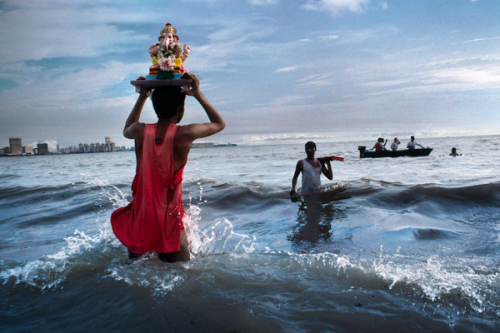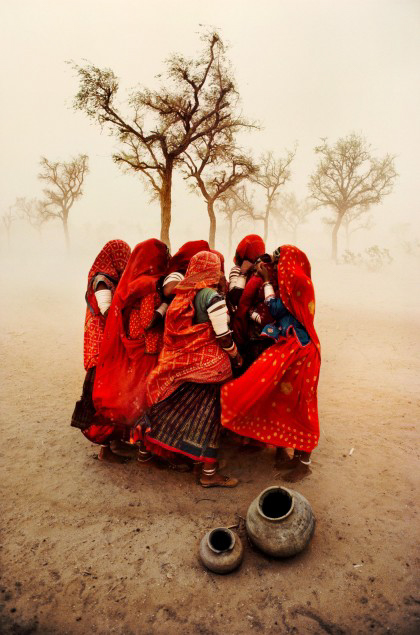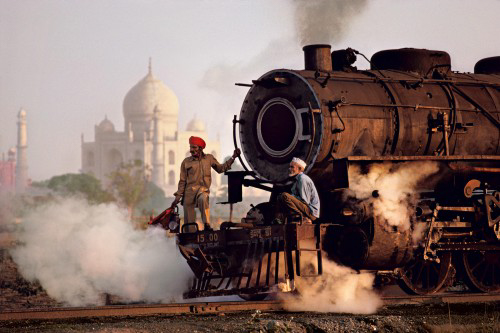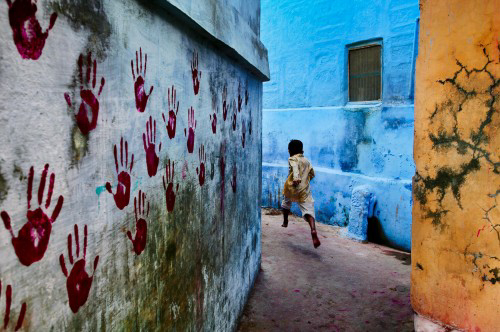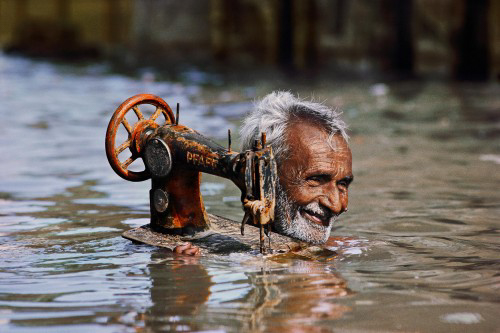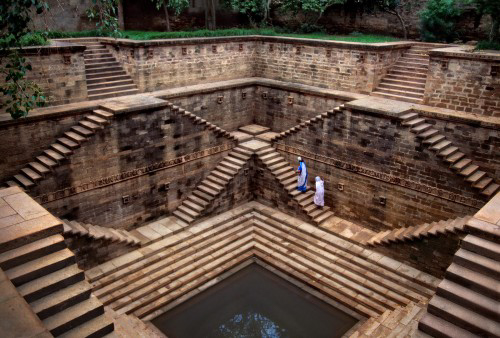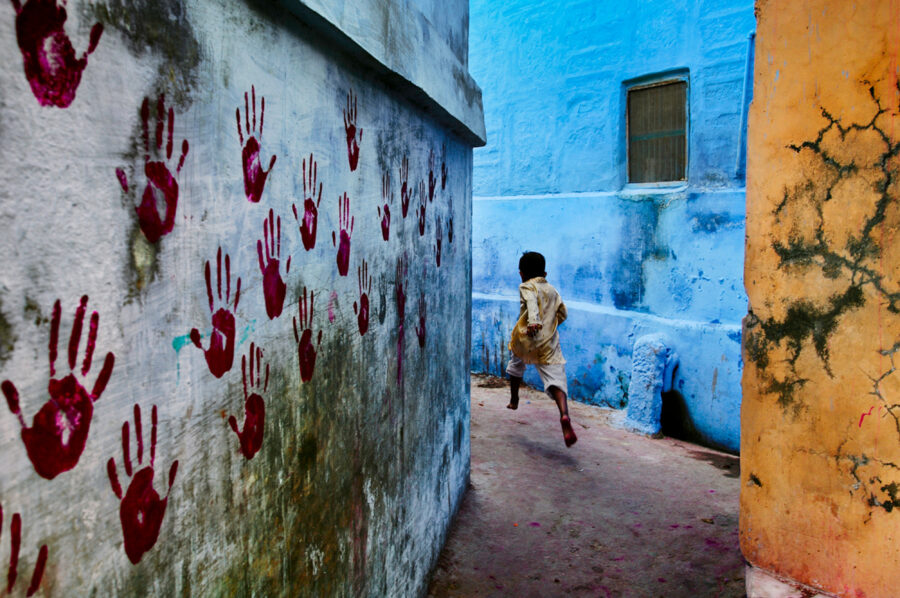Steve McCurry’s enduring love of India has driven him to take stunning photographs of the country and its citizens over the course of his long career. His photographs taken throughout India—from Rajasthan to Mumbai and Karnataka—are regarded for their uncanny ability to convey the essence of the nation and its people.
McCurry has become the master of capturing raw, unguarded, and beautiful moments, as shown in his 2015–2016 exhibition at the Rubin Museum,Steve McCurry: India. Here are six quotes from the famed photographer on life behind the lens and the backstories of some of his most remarkable shots.
